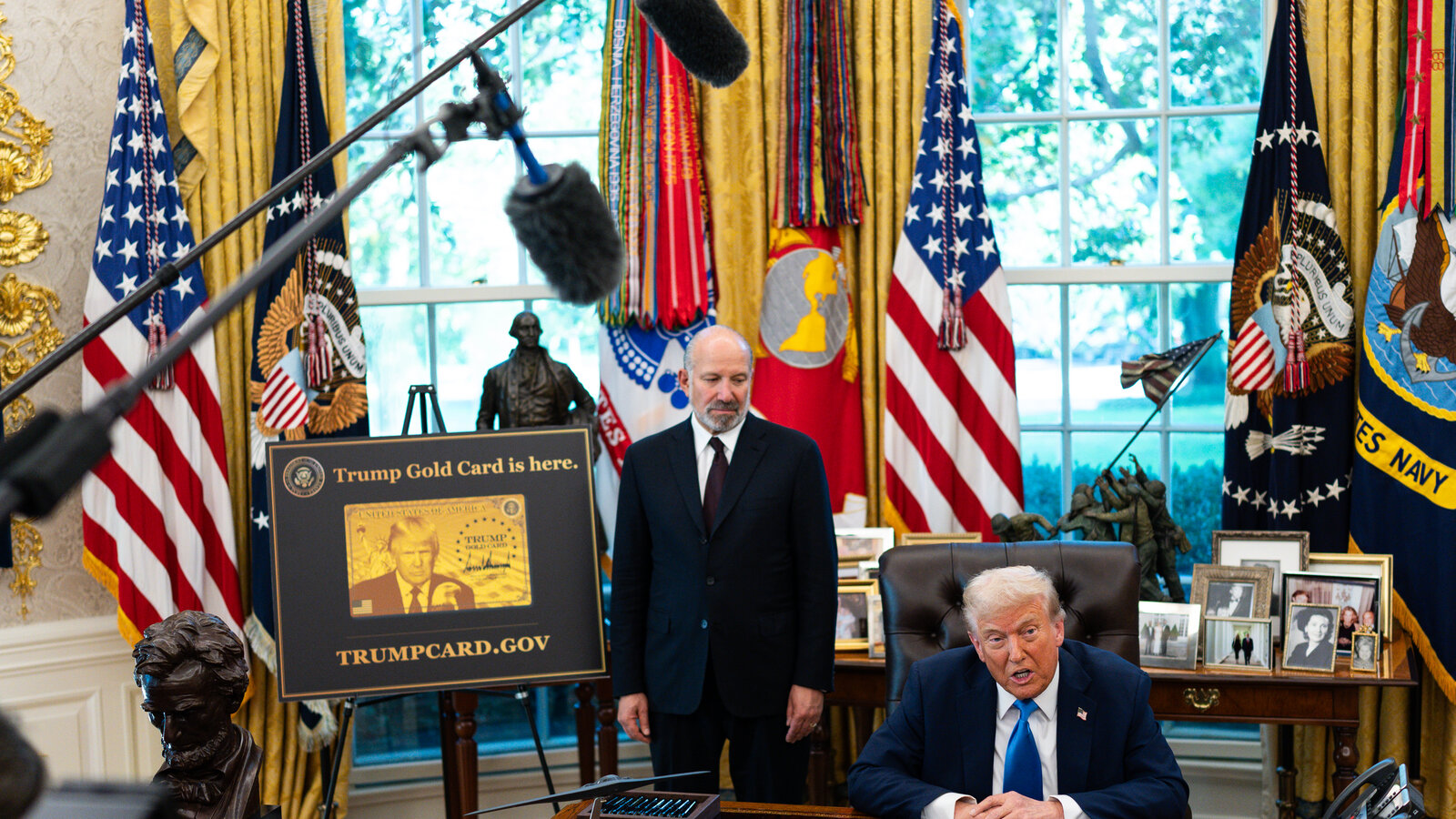Friendship and Betrayal Together: Tariffs and Visas Hand in Hand

- Lalit Garg-
U.S. President Donald Trump has once again cast a dark shadow over the dreams of professionals across the world—especially Indians. His latest decision has shattered many aspirations and created a major crisis. Effective midnight on September 21, anyone seeking entry into the U.S. on an H-1B visa will now have to pay an annual fee of nearly $100,000 (around ₹88 lakh). This move is not merely an administrative order—it carries far-reaching implications for global competition, skilled migration, and U.S.–India relations.
India must view this decision less as a setback and more as a push toward self-reliance, indigenous innovation, and harnessing the immense talent within the country. With India poised to become the world’s third-largest economy and already emerging as a land of opportunities, this may well be the right moment to redirect ambition homeward. For decades, America has been perceived as the “land of opportunity.” The H-1B visa has served as a golden ticket for thousands of Indian engineers, doctors, scientists, and technology experts who transformed their lives in the U.S. Silicon Valley stands as a shining example, with Indians dominating its tech landscape. Google, Microsoft, IBM, and Facebook all testify to the extraordinary contributions of Indian talent. Without Indian professionals, the American tech industry is almost unimaginable.
Yet Trump’s sudden hike in visa fees is not just detrimental to Indian IT firms—it strikes at U.S. interests as well. Even within America, many have criticized the move. If the President believes that raising H-1B fees from $1,000 to $100,000 annually will force Indian and U.S. companies to hire American youth, he is gravely mistaken. The reality is simple: the U.S. lacks enough skilled professionals to meet the demands of its corporations. Moreover, immigrants—particularly Indians—have played a central role in building the American economy, not only as white-collar professionals but also as workers in countless other fields. This order, clearly part of Trump’s “America First” agenda, rests on the argument that foreign professionals, as cheap labor, are stealing American jobs. By inflating visa costs, the administration hopes to allow entry only to those foreigners who possess not just exceptional skills but also deep pockets. Ironically, this may prove economically self-destructive for America, as its companies desperately need skilled professionals. Restricting Indian talent will stifle innovation and weaken competitiveness. What Trump sees as a protectionist win could turn into an economic loss.
The flow of Indian talent, once directed almost exclusively toward the U.S., may now pivot toward Canada, Germany, Australia, and Singapore—countries that are actively welcoming skilled migrants. Already, students and young professionals are wary of America’s unpredictable visa policies. Now, with fees skyrocketing, their confidence will shake further. But there’s a silver lining: more young Indians may choose to build startups, pursue research, and develop technology right at home. The impact will extend beyond individuals. Indian IT giants like Infosys, TCS, and Wipro—heavily dependent on H-1B visas—will face increased costs, eroding their global competitiveness. Remittances, which contribute billions annually to India’s economy, will likely decline. Thousands of Indian students who once dreamed of studying in the U.S. and building careers there may now find the dream out of reach. Yet, this may spur the growth of world-class research centers, innovation hubs, and entrepreneurial ecosystems in India itself.
Over the past two decades, U.S.–India ties have grown into a strong strategic partnership, with deep cooperation in defense, trade, and technology. The Indian diaspora has become an influential part of American society and economy. But Trump’s decision sends a troubling message: for Washington, strategic partnership is conditional—easily sidelined when domestic politics demands it. People-to-people links, which form the bedrock of the relationship, may weaken if fewer Indians are able to work and live in the U.S. While Trump has signaled flexibility on tariffs and hinted at a forthcoming trade deal, he continues to adopt policies that undermine Indian interests—from pressuring India to reduce Russian oil imports to complicating its role in Iran’s Chabahar port project. His eight months in office so far reflect not achievements but a series of failures cloaked in dramatic announcements.
Trump may be addicted to shock decisions, but his protectionism in the service sector overlooks a fundamental truth: immigrants helped build America. Nearly a third of Silicon Valley’s tech workforce is of Indian origin. Over a dozen Fortune 500 companies are led by Indian-born CEOs. In 2024 alone, Indians were behind 72 unicorn startups in the U.S., collectively valued at $195 billion—ventures that employ not just Indians, but Americans too. Though barely 1.5% of the U.S. population, Indians contribute nearly 6% of total tax revenues. As NASSCOM rightly argues, raising H-1B visa fees will hurt America’s innovation ecosystem and job-driven economy more than it helps. Contrast this with other countries: Canada is actively simplifying immigration for professionals and students. Germany and Australia are rolling out red carpets for skilled workers. The U.S., in choosing the opposite path, risks isolating itself from global talent and weakening its leadership role.
For India, the challenge is also an opportunity. By strengthening education, research, and startup culture, India can position itself as the alternative land of opportunity. The U.S., meanwhile, risks tarnishing its very identity as a nation of immigrants. Its global leadership—long rooted in openness—may falter. Rabindranath Tagore’s words ring truer than ever: “Freedom is where knowledge is free, and the world is not broken up into fragments by narrow domestic walls.” America’s new walls cannot cage the flight of talent. For Indian youth, the time has come to transform their own homeland into the land of opportunity.
साभार :
© CopyRight Pressnote.in | A Avid Web Solutions Venture.






